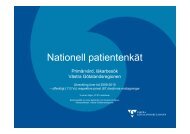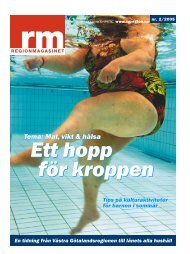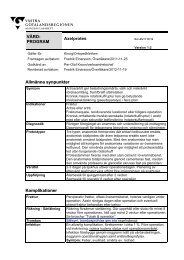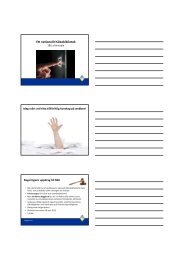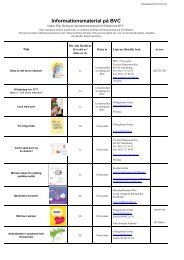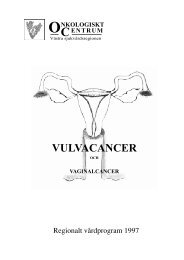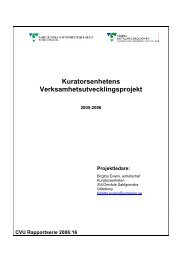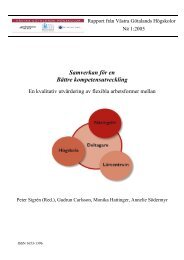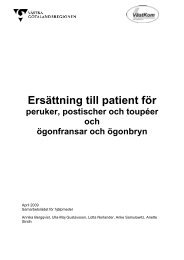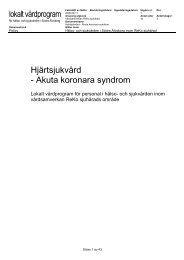FOURTEENTH ANNUAL EUROPEAN PRESSURE ULCER ...
FOURTEENTH ANNUAL EUROPEAN PRESSURE ULCER ...
FOURTEENTH ANNUAL EUROPEAN PRESSURE ULCER ...
Create successful ePaper yourself
Turn your PDF publications into a flip-book with our unique Google optimized e-Paper software.
Wednesday August 31st<br />
Proceedings of the 14th Annual European Pressure Ulcer Meeting<br />
Oporto, Portugal<br />
Repositioning for preventing pressure ulcers - an economic analysis<br />
Zena Moore 1* , Seamus Cowman 2<br />
1* Royal College of Surgeons in Ireland, Ireland, zmoore@rcsi.ie<br />
2 Royal College of Surgeons in Ireland, Ireland<br />
Introduction<br />
International best practice advocates the use of<br />
repositioning for the prevention of pressure ulcers,<br />
however, one must have cognisance of the economic<br />
implications of interventions used within the clinical<br />
setting, therefore, as one component of a larger RCT,<br />
economic analysis was conducted to explore the cost<br />
implications of repositioning. The aim of the study was<br />
to compare the cost implications of repositioning older<br />
individuals in long term care, using 2 different<br />
repositioning regimes - the experimental group (n=99)<br />
were repositioned 3 hourly at night, using the 30<br />
degree tilt; the control group (n=114) received<br />
standard care (6 hourly turning using the 90 degree<br />
lateral rotation).<br />
Methods<br />
Ethical approval was received. The cost analysis<br />
focussed on the cost difference between the two study<br />
groups (in terms of the number of nurses needed per<br />
turn, the time per turn, the cost of a nurse per minute<br />
and the cost of dressing treatments and nurse time for<br />
dressing changes for pressure ulcers that developed<br />
during the study period). Data were collected for a 4<br />
week period.<br />
Results<br />
The mean time per turn was 3.01 minutes<br />
(experimental), and 5.93 minutes (control). The mean<br />
number of nurses needed for each turn was 1.51<br />
(experimental), and 2.02 nurses (control). The mean<br />
daily nurse time was 18.5 minutes (experimental) and<br />
24.5 minutes (control) (p



